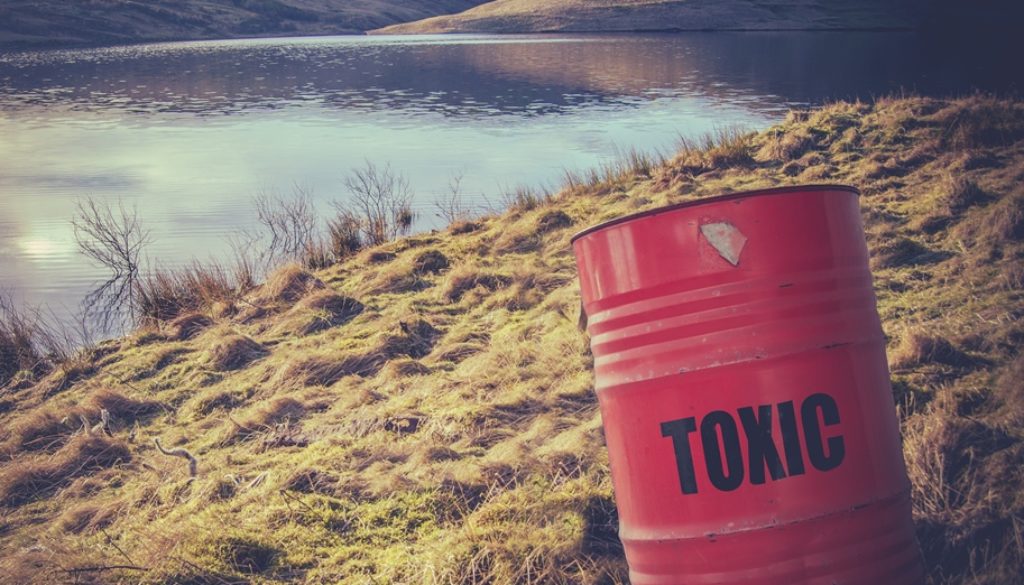Feds to GE: You’re Still on the Hook for Toxic PCBs in Hudson River Fish
By Daniel Raichel, Staff Attorney, Natural Resources Defense Council
A new report released yesterday by two federal agencies (U.S. Fish and Wildlife and NOAA) and the State of New York highlights a fact that the General Electric Corporation has been trying to downplay for years–namely, that GE must pay for the damage it caused by dumping of millions of pounds of toxic PCBs into the Hudson River.
Specifically, the report focuses on restrictions on fishing in the Hudson due to continued presence of PCBs in Hudson River fish, joining a laundry list of other reports by the same trio on the many ways in which GE’s toxic legacy has harmed the Hudson and the people who depend upon it. It also comes at a time when GE is scheduled to pull up the stakes on its multi-million dollar river cleanup operation and walk away, leaving behind what has been described as the equivalent of “a series of Superfund-caliber sites.” (A good Times Union editorial on the situation is available here).
To understand the importance of the report, some background is helpful. Between 1946 and 1976, GE dumped at least 1.3 million pounds of PCBs (and probably many, many more) into the Hudson River from two manufacturing facilities about 40 miles north of Albany.
PCBs became a really big deal in 1976 when the State of New York essentially shut down all fishing in the 200 miles of the Hudson River between the dump sites and New York City because of the “extraordinarily high levels” of PCBs in river fish that could endanger human health. Unlike some other big deals from the seventies, however, PCBs are likely to remain so much longer than even Paul McCartney or the Rolling Stones.
That’s because PCBs are very toxic, easily absorbed into the human body, and, for all practical purposes, indestructible. The chemicals have been linked with cancer, neurological and hormonal disorders, and impaired cognitive development in children. And people using polluted sections of the river can become exposed in a variety of ways–by touching contaminated river sediments, drinking contaminated water, or, as the new report reminds us, by eating contaminated fish.
Importantly, PCBs don’t ever fully break down in nature–so they stick around, essentially forever, until someone comes and cleans them up. That’s why the fishery closings in effect in 1976 are very similar to the ones today. It’s also why other serious harms–such as the effective closure of a major shipping channel in the Hudson or the inability to enjoy certain areas of the riverfront as safe places to recreate–also haven’t been relieved by GE’s halfway-is-good-enough cleanup of the river.
The report released yesterday reminds GE that it’s liability to restore and compensate is still very real, very substantial, and likely to increase over time if GE does not get additional PCBs out of the river. Specifically, with regard to fish, the report says:
The public’s uses of the fishery, whether for a livelihood, a source of recreational enjoyment, or for nutrition, have been dramatically reduced or, in some cases, completely eliminated. . . . The injury to the resource is expected to continue into the future until [PCB concentrations in fish go down].
For this reason, NRDC has long called for GE to do better and give the Hudson the cleanup it deserves. It’s also why NRDC is a part of the Campaign for a Cleaner Hudson–an already large and growing group of people, municipalities, businesses, and organizations calling on GE to take full responsibility for its mess. As GE’s dredging this summer winds down, the campaign will only continue to rev up to ensure that this generation of New Yorkers (and not their great-grandchildren) will get the healthy and fully usable river they deserve.

